A Meeting at Bright Eye
Ravens, like the mist that curls around the Welsh mountains, have been present in this land for centuries. Dark, mysterious, and edged with knowing, they easily inspire tales of myth and magick. They are threshold beings—bridging sky and stone, life and death, seen and unseen.
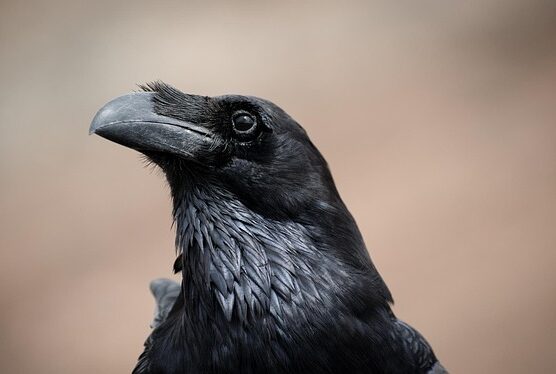
That’s where my encounter began: where mist meets mountain summit, and stories are told on blackened wings.
I heard it before I saw it. A soft, almost conversational croak—nothing like the usual raven gronk that echoes across the moor. It came from above Llygad Eglwr, the bright eye of the land, where mist clings to stone and silence holds stories. Then, like a thought made visible, it appeared: a raven, wheeling through the air in slow, deliberate arcs. Not just flying, but performing—an aerial dance that felt both ancient and immediate. I stood still, breath caught, watching as it rolled and dipped, a shadow shapeshifter that seemed to perform just for me.
There was precision in its movement, yes—but also play. A kind of sky-script written in loops and rolls, as if the raven were testing the wind for secrets.
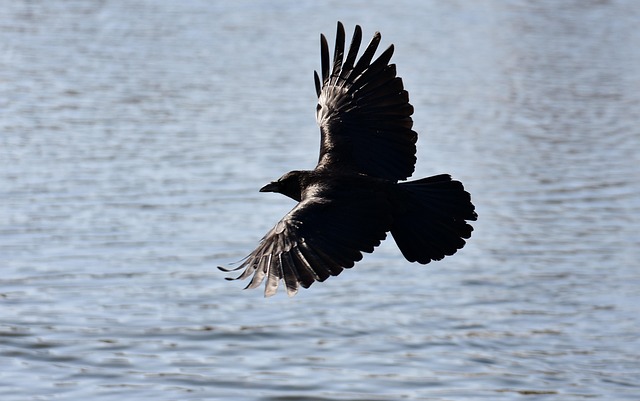
These acrobatics aren’t just for show. Ravens fly to communicate, to court, to claim. Their bodies speak in arcs and shadows, in flips and glides. To watch them is to read a language older than speech.
Form and Presence
The raven is the largest corvid in Wales—and indeed, the whole of the UK.
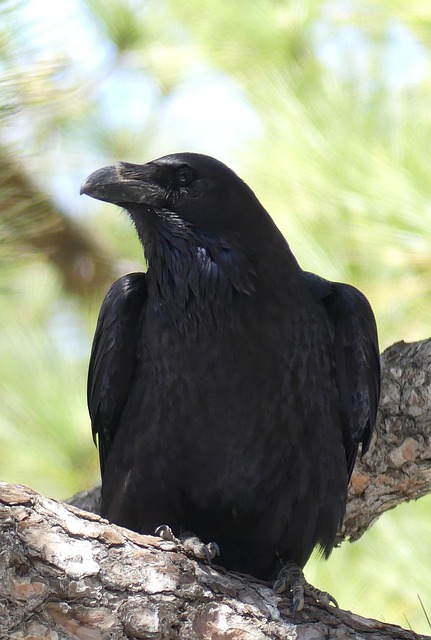
With a wingspan stretching up to 150 cm and a body weight that can reach 1.5 kilograms, it rivals the buzzard in size and presence. Its plumage is deep black with a glossy, metallic sheen that catches the light like oil on water. The thick, curved beak and shaggy throat feathers—called hackles—give it a rugged, almost mythic profile. In flight, its diamond-shaped tail sets it apart from crows and rooks, carving a distinctive silhouette against the sky.
Ravens are long-lived birds, often surviving 10 to 15 years in the wild, and even longer in captivity. They thrive in upland and coastal habitats—cliff edges, moorland, and remote farmland—though their range is expanding eastward as populations recover from past persecution.
Though ravens are often seen alone or in devoted pairs, autumn brings a different rhythm. They are territorial and fiercely intelligent, nesting early in the year and raising their young in high, inaccessible places. Juveniles, not yet bound by mate or territory, gather in loose flocks—testing wind and wit, learning the land together. It is a season of raven youth, where play becomes practice and flight becomes language.
Intelligence and Joy
Beyond their beauty lies brilliance. Ravens can mimic human speech, use tools, and solve complex puzzles. They cache food, remember faces, and even play tricks on other animals. In captivity, they’ve been known to undo zippers and open gates. In the wild, they collaborate with wolves and humans alike—guiding hunters to prey, then waiting for scraps.
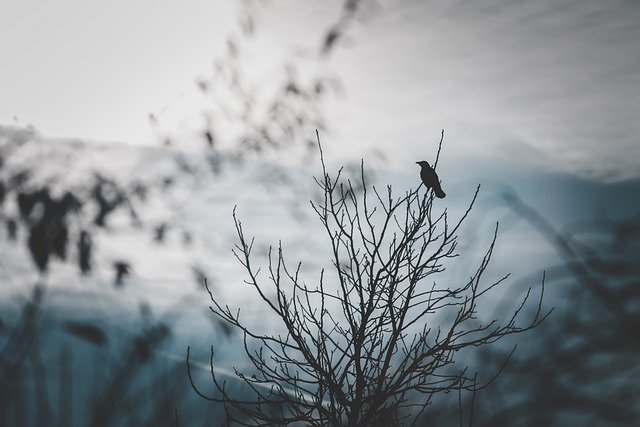
Studies suggest that ravens possess cognitive skills comparable to a two-year-old child. They demonstrate delayed gratification, plan for future events, and even barter—choosing tokens over immediate treats in anticipation of better rewards later. Their intelligence evolved independently of ours, yet arrived at similar outcomes: problem-solving, social awareness, and emotional memory. Ravens can hold grudges, recognize fairness, and deduce relationships between other birds—skills once thought exclusive to primates.
They are not just clever—they are conscious. And in their eyes, we might glimpse a kind of knowing that stretches beyond species, beyond time.

Ravens don’t just think—they play. They roll in snow, flip through sky, and tease the wind with stick games and shadow dances. It’s not survival. It’s joy. And in that joy, we glimpse a kind of wild sentience—one that reminds us that intelligence isn’t just about solving problems, but about knowing how to delight in the world.
Myth and Memory
In Celtic tradition, ravens are messengers from the Otherworld—linked to prophecy, war, and transformation. The goddess Morrígan often appears as a raven, circling battlefields and whispering fate. She is both protector and harbinger, guiding souls and shaping outcomes.
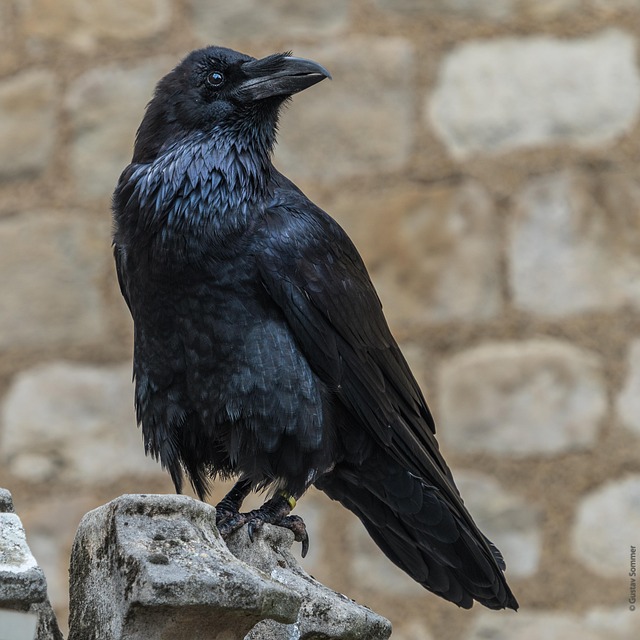
Ravens also appear in the tales of Brân the Blessed, whose very name means “raven.” A giant and king of myth, Brân offers his severed head to protect Britain—buried beneath the White Hill, now the site of the Tower of London. Legend says that as long as ravens remain at the Tower, the kingdom will not fall.
His sister, Branwen, is also tied to themes of grief and transformation, her story echoing with the cries of birds and broken hearts.
But it is not only in Celtic mythology that the raven is held in high esteem.
In Norse mythology, Odin’s ravens—Huginn (thought) and Muninn (memory)—fly across the world each day, bringing back news. They are not just spies, but extensions of the god’s own mind. Perched on his shoulders, they whisper the truths of distant lands, embodying the power of insight and remembrance.
In Native American traditions, Raven is often a creator, a trickster, and a bringer of light.
Among the Haida and Tlingit peoples of the Pacific Northwest, Raven is credited with stealing the sun, moon, and stars from a selfish being and releasing them into the world—bringing light to humanity.
In other stories, Raven shapes the land, teaches lessons through mischief, and reminds people of the balance between cleverness and humility.
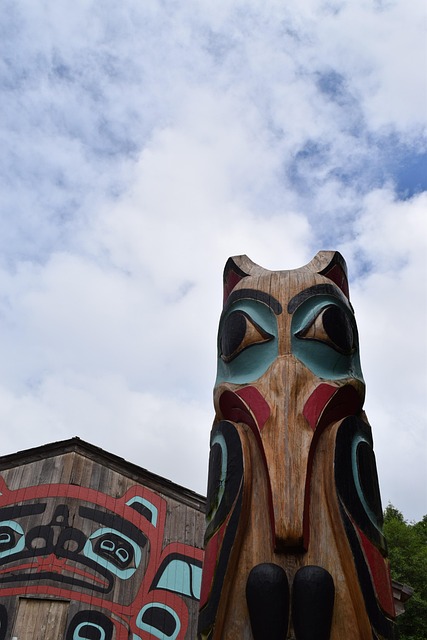
Across cultures, ravens are seen as liminal beings—guides, tricksters, mourners, and keepers of secrets.
They are birds of boundary: between life and death, seen and unseen, known and unknowable.
Protection, Politics and Plight
Yet even beings of myth are not immune to modern misunderstanding. Ravens are now caught in a web of legal and ecological tension. Protected under the Wildlife and Countryside Act 1981, it is illegal to kill or disturb them without a licence. Yet in upland farming communities, they are increasingly blamed for lamb losses—especially during spring, when hunger and opportunity collide.
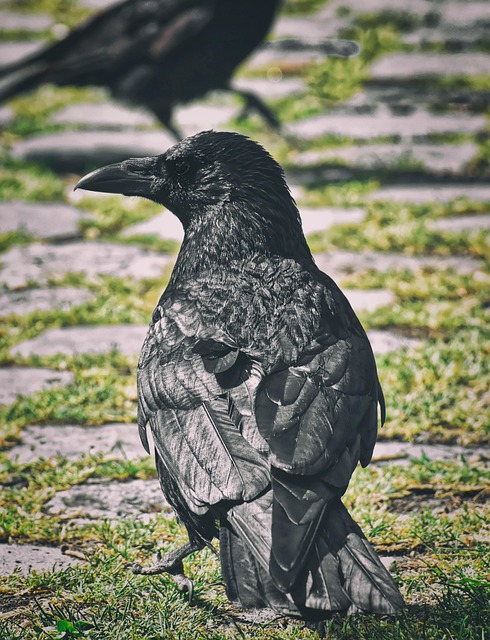
Licences to control ravens are difficult to obtain. Farmers must provide detailed evidence of harm: photographs of attacked animals, vet reports, and proof that non-lethal methods—like scaring or diversionary feeding—have been tried. Even then, licences are issued sparingly, often targeting specific individuals or flocks within a defined area.
But in mountainous terrain, where sheep roam across miles of moorland and visibility is low, removing every carcass is nearly impossible. The law assumes a level of control that upland farmers simply do not have.
The irony?
Ravens once fed on fallen stock, helping farmers by cleaning the land. Their presence was part of the cycle—death feeding life, carrion keeping balance. Now, rigid carcass removal laws starve them of food, pushing them toward riskier behaviour and deepening conflict. What was once a partnership has become a standoff.
Flying into an uncertain future
I do not know what the future holds for the Raven.
But I do know this: farmers and ravens once lived in better balance—
before laws were dreamed up by collared minds on faraway shores.
Before paperwork replaced relationship. Before carrion became controversy.
The raven at Bright Eye wasn’t just flying—it was reminding me. Of cycles. Of grief. Of the wild intelligence that lives beyond our rules.
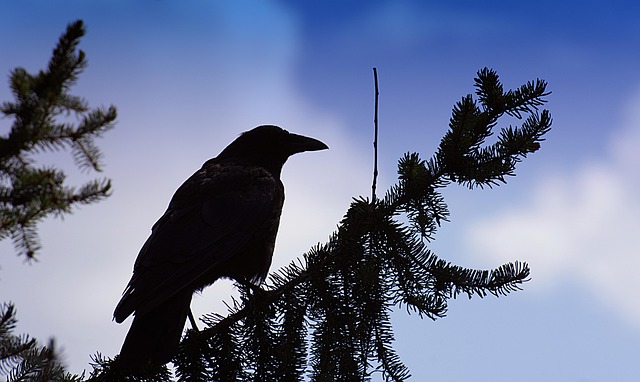
Perhaps the real question isn’t how to manage ravens, but how to honour them. How to make peace with death, with mess, with mystery. Because to live well on the land is to live with its winged witnesses— and to remember that not all wisdom wears a suit.
If this piece stirred your love of myth and threshold beings, you might enjoy exploring The Mabinogi—a rich tapestry of Welsh myth where ravens, kings, and goddesses walk between worlds.
Or
If the raven opened a door to myth and liminal wonder, the magpie might hold the key—read more here.
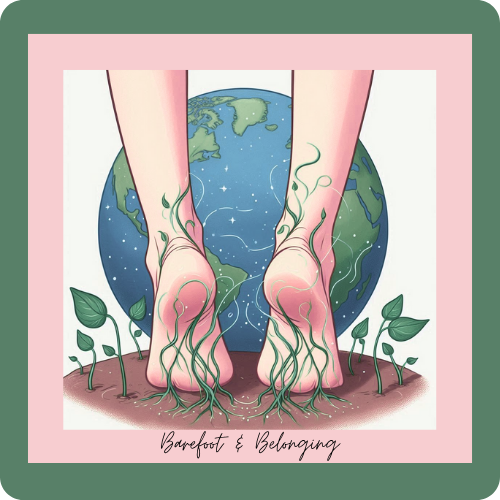
Leave a Reply